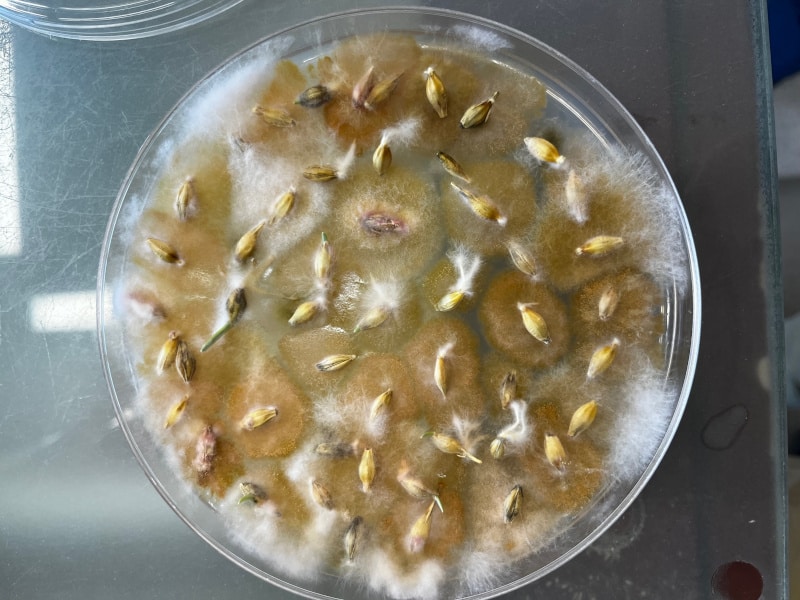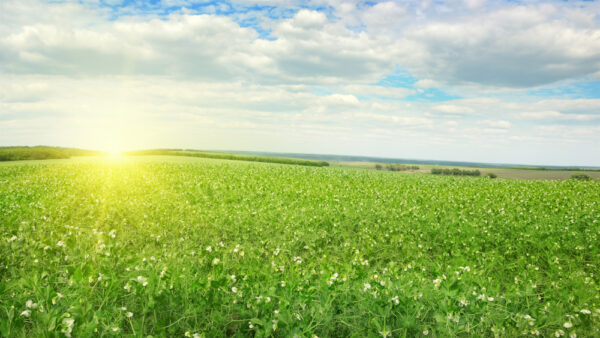Seed Testing a Valuable Tool in 2011
_x000D_
_x000D_
It’s no surprise that harvest conditions play a large role in determining seed quality for the next year—and the 2010 harvest was the most challenging in terms of its impact on seed quality since 2003. Seed testing this season has been paramount and it may be one of the most important inputs that seed companies can encourage producers to use in 2011._x000D_
_x000D_
Seed testing is also very good value considering the importance of early stand establishment and the relatively low cost of seed testing on a per acre basis. Today seed analysis has gone beyond germination and purity to include many other essential seed tests to establish seed quality. These include numerous molecular methods for the detection of seed-borne pathogens, novel traits or for varietal identification._x000D_
_x000D_
This year, more than ever, it is important to encourage growers to use more than just a germination test when assessing seed quality because, shortly after harvest, dormancy was at an all time high. Cereals, particularly wheat and durum wheat, were most affected. In order to obtain the best results, especially with high levels of dormancy, the seed laboratory utilizes various tools including the use of longer pre-chill periods and growth promoters such as potassium nitrate and giberellic acid._x000D_
_x000D_
It is imperative that dormancy be broken to reveal the true germination value because although dormancy is caused by immaturity at harvest or high moisture content and can be rectified easily, this season it masked other impediments such as frost or chemical damage which can be disastrous if left unchecked._x000D_
_x000D_
Barley and oats were also affected by frost damage depending upon geographical location. It was often severe enough to drop the results below grade standards in which case a retest is ordered to ensure that these germination results remain stable. Chemical damage, which can be a direct result of preharvest desiccation while the crop is immature, has affected some barley and wheat samples. Again, ensuring that a retest is conducted with soil can reduce the symptoms of chemical damage._x000D_
_x000D_
Perhaps the most problematic issue we have now is the high incidence of seed-borne diseases. Other seed laboratories across the Prairies are reporting higher than usual incidences as well. We offer a Fungal Screen that will identify all of the pathogens and other organisms that can cause significant economical losses._x000D_
_x000D_
Seed treatments are an important input for crop establishment and should be used if the seed germination is strong. Low germination caused by factors other than pathogenic infection cannot successfully be compensated with a seed treatment—all too often a seed treatment is used hoping that it can work miracles._x000D_
_x000D_
Seed companies should also encourage growers to:_x000D_
- _x000D_
- Test their seed as close to the time of seeding as possible, as results can and often have changed over the winter
- Make sure their report of seed analysis is current and they have read the remarks carefully
- Always keep a sample of at least one kilogram of every lot of seed the grower sows on their farm this spring
_x000D_
_x000D_
_x000D_
_x000D_
Seed testing should be looked at as one of the many valuable crop inputs key to optimum stand establishment and a successful harvest. Despite the difficult harvest conditions this past season, good seed is available from several areas where conditions at harvest were less challenging and we are seeing disease-free, good strong germination and vigour results regularly._x000D_
_x000D_
Sarah Foster, president, 20/20 Seed Labs












